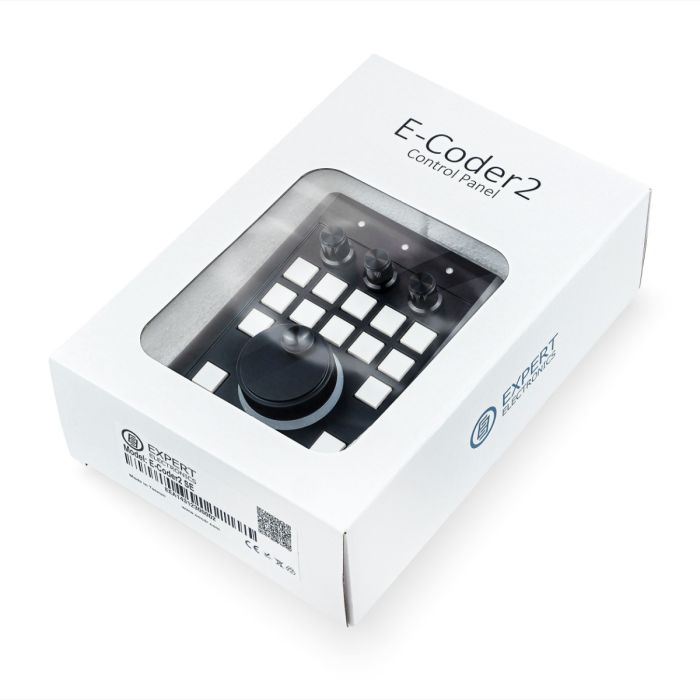USB-port should provide 5V, current not less than 0,5А.
The main difference between E-Coder2 and E-Coder2 SE:
1. 3 mm aluminum case makes the SE (steel edition) panel as sturdy as an armored plate and really nice to the touch.
2. It weighs 574 gr vs 352 gr for standard version, additional grams enhance the panel’s grip on your table.
3. New coating of the main encoder and new bottom bezel with scale marks, improve overall user experience.
4. Three black anodized encoders, on top, add polish notes to the look of the panel.
On the rear panel of the E-Coder2 SE, you'll find four stereo Jack 6.3 connectors: headphones, microphone (designed for asymmetrical mics), CW-paddle, PTT foot switch.
Microphone connector pin-out


CW-paddle, PTT footswitch

PTT Footswitch should be connected to the PTT socket, it controls the transceiver's TX mode.
When you press the footswitch, PTT Line connects to the Ground (Case), it turns the transceiver to TX. A red LED TX indicator on the panel will flash while you TX.
Straight Key should be connected to the KEY socket with disconnected ring contact. Pressing the key turns the transceiver to the TX mode and it generates a continuous CW signal (manual mode). Releasing the straight key returns the transceiver to the RX mode.
Twin-paddle Key (single-paddle) should be connected to the KEY socket. Pressing one of the key's paddles (or one side - for single-paddle) will turn the transceiver to the TX mode and begin automatic generation of dots and dashes. Releasing the paddle returns the transceiver to the RX mode.
In the Panel menu, you can see the settings of the E-Coder control panel. In the drop-down Device menu, you can select the type of the connected control panel.
Note! If one E-Coder panel is connected to the transceiver, in the Panel menu displayed one E-Coder 1 tab, if several E-Coder panels are connected to the transceiver, in the Panel menu displayed several tabs E-Coder 1, E-Coder 2, etc. with identical settings for each panel.

E-Coder2 settings in the ExpertSDR3 0.11.0
In the left part of the menu, you can see the schematic picture of the E-Coder panel with buttons and knobs.
Press any button, you'll see the list of the available functions.
In the right part of the menu, you can see the main panel settings:
- Enable - enable E-Coder panel control
- Use IF - frequency tuning by moving the filter over the panorama
- Use IF as RIT - tuning by IF when the RIT offset is on
- Use IF as XIT - tuning by IF when the XIT offset is on
- VFO B - enable sub-receiver
- Adaptive tune - te faster you rotate the main knob the bigger the tuning step
- Fine tune - enable for a more precise tuning
- Key Led - enable backlit keypad
- Encoder Led - enable the backlit encoder
- Transceiver 1 - select one of the software receivers RX1 or RX2
- No transfer PTT - drop-down menu.
- Sound card tab - Indication of mic and headphones signals.
- Monitor - uses the DSP core in the panel, this way audio is generated by the panel itself which eliminates monitoring delay, but the sound you hear will differ from what you actually TX on the air.
- Monitor in TX - uses the ExpertSDR3 DSP, this way you hear exactly what you TX, but with a delay.
There are three LEDs on the E-Coder panel, from left to right:
1) Lights green when the VFO B is active
2) Lights red when on TX
3) Lights orange when the RX2 is active
For proper operation of the E-Coder2 SE panel USB-port should provide 5V, current not less than 0,5А. Otherwise, you might have issues with the audio—cracks, improper supply of the mic.





